
-
吗啉硝唑
- names:
Morinidazole
- CAS号:
92478-27-8
MDL Number: MFCD28386297 - MF(分子式): C11H18N4O4 MW(分子量): 270.29
- EINECS: Reaxys Number:
- Pubchem ID:11644726 Brand:BIOFOUNT
| 货品编码 | 规格 | 纯度 | 价格 (¥) | 现价(¥) | 特价(¥) | 库存描述 | 数量 | 总计 (¥) |
|---|---|---|---|---|---|---|---|---|
| YZM000178-5mg | 5mg | >98.0% | ¥ 3412.50 | ¥ 3412.50 | 2-3天 | ¥ 0.00 |
| 中文别名 | 吗啉硝唑(92478-27-8);森硝唑;莫立硝唑;莫利硝唑;1-(2-甲基-5-硝基-1H-咪唑-1-基)-3-吗啉代丙烷-2-醇;α-[(2-甲基-5-硝基-1H-咪唑-1-基)甲基] -4-吗啉乙醇; |
| 英文别名 | Morinidazole(92478-27-8);morinidazole;1-(2-Methyl-5-nitro-1H-imidazol-1-yl)-3-morpholinopropan-2-ol;alpha-[(2-Methyl-5-nitro-1H-imidazol-1-yl)methyl]-4-morpholineethanol; |
| CAS号 | 92478-27-8 |
| Inchi | InChI=1S/C11H18N4O4/c1-9-12-6-11(15(17)18)14(9)8-10(16)7-13-2-4-19-5-3-13/h6,10,16H,2-5,7-8H2,1H3 |
| InchiKey | GAZGHCHCYRSPIV-UHFFFAOYSA-N |
| 分子式 Formula | C11H18N4O4 |
| 分子量 Molecular Weight | 270.29 |
| 溶解度Solubility | 生物体外In Vitro:DMSO溶解度≥ 100 mg/mL(369.97 mM)*"≥" means soluble可溶, but saturation unknown溶解度未知. |
| 性状 | 固体粉末,Power |
| 储藏条件 Storage conditions | -20°C冰柜, 3 years年 4°C 2 years年 / In solvent溶液中:-80°C 6 months月 -20°C 1 month月 |
吗啉硝唑(92478-27-8,Morinidazole)实验注意事项:
1.实验前需戴好防护眼镜,穿戴防护服和口罩,佩戴手套,避免与皮肤接触。
2.实验过程中如遇到有毒或者刺激性物质及有害物质产生,必要时实验操作需要手套箱内完成以免对实验人员造成伤害
3.实验后产生的废弃物需分类存储,并交于专业生物废气物处理公司处理,以免造成环境污染Experimental considerations:
1. Wear protective glasses, protective clothing and masks, gloves, and avoid contact with the skin during the experiment.
2. The waste generated after the experiment needs to be stored separately, and handed over to a professional biological waste gas treatment company to avoid environmental pollution.
Tags:吗啉硝唑试剂,吗啉硝唑杂质,吗啉硝唑中间体,吗啉硝唑密度,吗啉硝唑溶解度,吗啉硝唑旋光度,吗啉硝唑闪点,吗啉硝唑熔点,吗啉硝唑购买,

| 产品说明 | 吗啉硝唑(92478-27-8,Morinidazole)用于治疗细菌感染,包括厌氧菌引起的盆腔炎和阑尾炎。 |
| Introduction | 吗啉硝唑(92478-27-8,Morinidazole)is a novel 5itroimidazole antimicrobial drug that undergoes extensive metabolism in humans via N+lucuronidation and sulfation, |
| Application1 | (吗啉硝唑,92478-27-8)Morinidazole for the treatment of bacterial infections including appendicitis and pelvic inflammatory disease (PID) caused by anaerobic bacteria. |
| Application2 | 吗啉硝唑(92478-27-8,Morinidazole)是一种新型的5-硝基咪唑抗微生物药物,可通过N +-葡萄糖醛酸化和硫酸化作用在人体中广泛代谢,用于治疗细菌感染,包括由厌氧菌引起的阑尾炎和盆腔炎。 |
| Application3 |
吗啉硝唑是一种新型的5-硝基咪唑抗微生物药。吗啉硝唑通过N +-葡萄糖醛酸化和硫酸化在人类中进行广泛的代谢。吗啉硝唑用于治疗细菌感染,包括厌氧菌引起的盆腔炎和阑尾炎。
| 警示图 | |
| 危险性 | warning |
| 危险性警示 | Not available |
| 安全声明 | H303吞入可能有害+H313皮肤接触可能有害+H2413吸入可能对身体有害 |
| 安全防护 | P264处理后彻底清洗+P280戴防护手套/穿防护服/戴防护眼罩/戴防护面具+P305如果进入眼睛+P351用水小心冲洗几分钟+P338取出隐形眼镜(如果有)并且易于操作,继续冲洗+P337如果眼睛刺激持续+P2393获得医疗建议/护理 |
| 备注 | 实验过程中防止吸入、食入,做好安全防护 |
| Zhong K, et al. Effects of renal impairment on the pharmacokinetics of morinidazole: uptake transporter-mediated renal clearanceof the conjugated metabolites. Antimicrob Agents Chemother. 2014 Jul;58( |
| Increased Plasma Exposures of Conjugated Metabolites of Morinidazole in Renal Failure Patients: A Critical Role of Uremic Toxins PMID 28314825; Drug metabolism and disposition: the biological fate of |
| Metabolism and pharmacokinetics of morinidazole in humans: identification of diastereoisomeric morpholine N+-glucuronides catalyzed by UDP glucuronosyltransferase 1A9 PMID 22184458; Drug metabolism an |
| Simultaneous determination of morinidazole, its N-oxide, sulfate, and diastereoisomeric N(+)-glucuronides in human plasma by liquid chromatography-tandem mass spectrometry PMID 23122401; Journal of ch |
| Simultaneous quantification of metronidazole, tinidazole, ornidazole and morinidazole in human saliva PMID 22658465; Journal of chromatography. B, Analytical technologies in the biomedical and life sc |
1.Efficacy and safety of morinidazole in pelvic inflammatory disease: results of a multicenter, double-blind, randomized trial.
Cao C;Luo A;Wu P;Weng D;Zheng H;Wang S Eur J Clin Microbiol Infect Dis. 2017 Jul;36(7):1225-1230. doi: 10.1007/s10096-017-2913-z. Epub 2017 Mar 6.
This multicenter, double-blind, randomized, parallel-group, non-inferiority study compared the efficacy and safety of morinidazole with those of ornidazole in women with pelvic inflammatory disease. Women from 18 hospitals in China received a 14-day course of either intravenous morinidazole, 500 mg twice daily (n = 168), or intravenous ornidazole, 500 mg twice daily (n = 170). A total of 312 of 338 patients in the full analysis set (FAS) (92.3%) were included in the per protocol set (PPS) analyses, 61 (19.6%) of whom were included in the microbiologically valid (MBV) population. The clinical resolution rates in the PPS population at the test of cure (TOC, primary efficacy end point, 7-30 days post-therapy) visit were 96.86% (154/159) for morinidazole and 96.73% (148/153) for ornidazole (95% CI: -3.79% to 4.03%). The bacteriological success rates in the MBV population at the TOC visit were 100% (32/32) for morinidazole and 89.66% (26/29) for ornidazole (95% CI: -16.15% to 11.21%). Drug-related adverse events occurred less frequently with morinidazole (32.74%, 55/168) than with ornidazole (47.06%, 80/170) (p < 0.01). For women with pelvic inflammatory disease, twice-daily morinidazole for 14 days was clinically and bacteriologically as efficacious as twice-daily ornidazole for 14 days, while the former was associated with fewer drug-related adverse events than the latter.
2.Simultaneous quantification of metronidazole, tinidazole, ornidazole and morinidazole in human saliva.
Wang Y;Zhang P;Jiang N;Gong X;Meng L;Wang D;Ou N;Zhang H J Chromatogr B Analyt Technol Biomed Life Sci. 2012 Jun 15;899:27-30. doi: 10.1016/j.jchromb.2012.04.032. Epub 2012 May 15.
The aim of this study was to develop a rapid and sensitive method for the simultaneous quantification of metronidazole (MEZ), tinidazole (TNZ), ornidazole (ONZ) and morinidazole (MNZ) in human saliva. A reversed-phase high-performance liquid chromatography (HPLC) method with ultraviolet (UV) detection at 318 nm was carried out on a C18 column, using a mixture of potassium dihydrogen phosphate buffer, acetonitrile, and methanol (55:15:30, v/v/v) as a mobile phase with a flow rate of 1.0 ml/min. The saliva samples (100 μl) were firstly deproteinized by precipitation with methanol (400 μl), after which they were centrifuged and the supernatants were directly injected into the HPLC system. This method produced linear responses in the concentration ranges of 25.2-5040.0, 23.9-4790.0, 25.4-5080.0, 25.0-5000.0 ng/ml with detection limits of 6.0, 17.6, 10.0 and 11.3 ng/ml for MEZ, TNZ, ONZ and MNZ (S/N=3), respectively. The methods were validated in terms of intra- and inter-batch precision (within 7.3% and 9.1%, respectively), accuracy, linearity, recovery and stability. The study proved that HPLC is both sensitive and selective for the simultaneous quantification of MEZ, TNZ, ONZ and MNZ in human saliva using a single mobile phase.
3.Investigation of the effects of 24 bio-matrices on the LC-MS/MS analysis of morinidazole.
Lv W Talanta. 2010 Jan 15;80(3):1406-12. doi: 10.1016/j.talanta.2009.09.043.
This study compares and evaluates the effect of various matrices on liquid chromatography (LC) coupled with tandem mass spectrometry (MS/MS) analysis. Permanent post-column infusion (PCI) was used to quantify matrix effects. In this way, the suppressed or enhanced signal of the target material resulting from different co-eluting matrix components could be assessed. Twenty-four biological samples from in vivo and in vitro experiments were selected for this study. In addition, 7 sample components were further analyzed after sample preparation by protein precipitation. Multiple regression analysis was used to investigate the collinear relationship between matrix effects and co-eluted components at different time intervals. We found that salt was the dominant factor which impacted changes in signal detection. In order to eliminate it, we used ammonium formate as a modifier of the mobile phase which resulted in charge-state redistribution profiles so that a homogeneous matrix formed. By employing pulse gradient chromatography in the presence of 5mM ammonium formate, favorable improvements of enhanced signal intensity and reduced matrix effects were obtained. These experiments also indicated the feasibility of using analogue IS during bio-analysis which contributed to an overall faster assay that would be suitable for drug discovery and development purposes.
- 相关产品
-
< >
- 推荐产品
-
< >
- 最新产品
-
< >
新闻
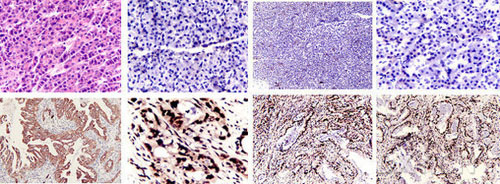
怎么做细胞爬片免疫组化染色实验
细胞爬片免疫组化染色,是通过细胞爬片是让玻片浸在细胞培养基内,细胞在玻片上生长,主要用于组织学,免疫组织化学...
2020/7/20 22:04:33
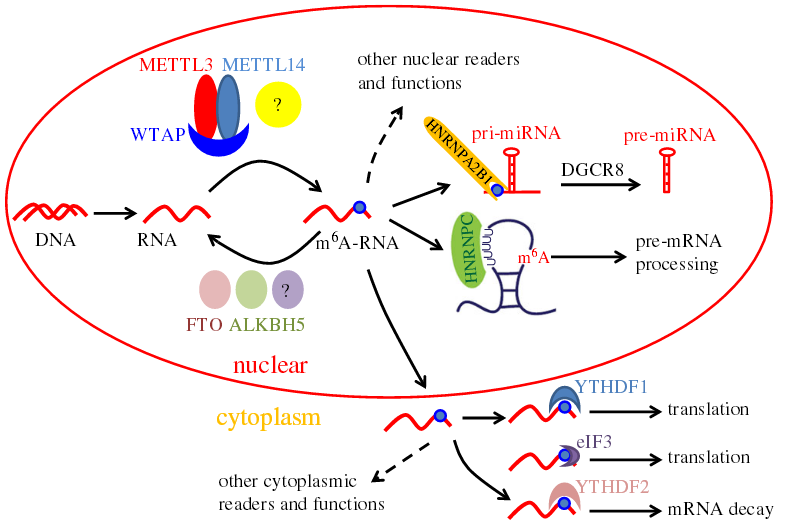
提取病毒RNA的实验方法
提取病毒RNA方法分别有:异硫氰酸胍的提取病毒RNA方法、TRIzol LS提取法、Trizol法提取法等等...
2020/7/22 20:29:26
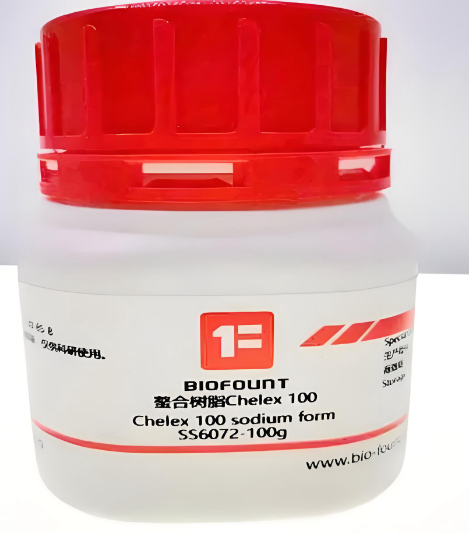
chelex 100树脂国产替代之路-BIOFOUNT范德生物
Chelex 100螯合离子交换树脂对铜、铁和其他重金属?的偏好显著高于对钠、钾等一价阳离子的偏好。它对二价...
2025/11/4 14:22:46

9月开学季——助研新学期 范德送好礼
2025/8/28 15:30:55

Waxfilm 实验室封口膜:技术与国际市场的双重突破
在实验室耗材领域,封口膜是保障实验准确性与稳定性的关键产品之一。近年来,Waxfilm?实验室封口膜凭借其卓...
2025/5/13 13:03:40
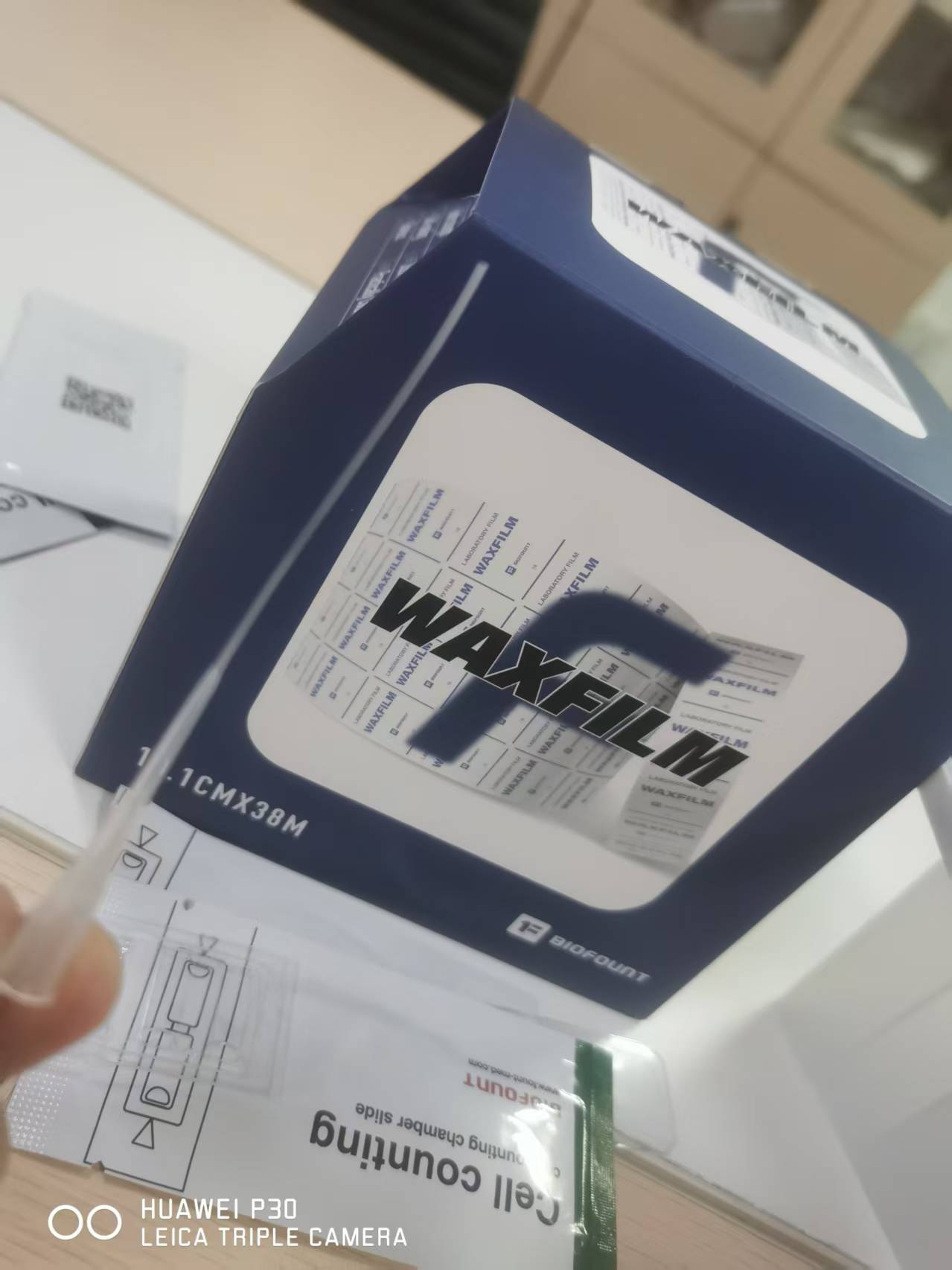
Waxfilm实验室封口膜的5大突破
Waxfilm实验室封口膜作为生物功能膜领域的国产技术突破和品牌突破,是生物领域中国技术发展的缩影。
2025/5/6 17:02:07
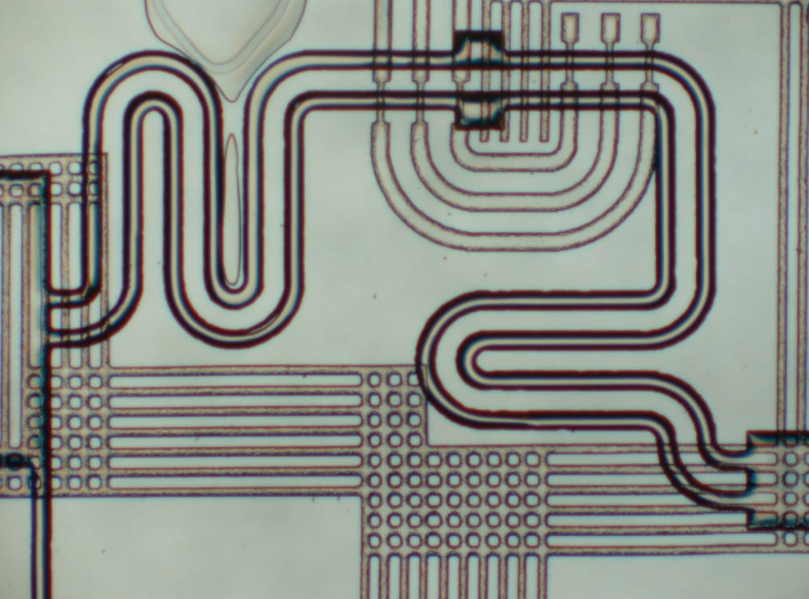
各种微流控芯片键合方法的优缺点
微流控芯片键合:目前主要有激光焊接、热压键合、胶键合、超音波焊接,每种方法都有各自的优缺点。本文主要介绍聚酯...
2023/7/28 10:43:09
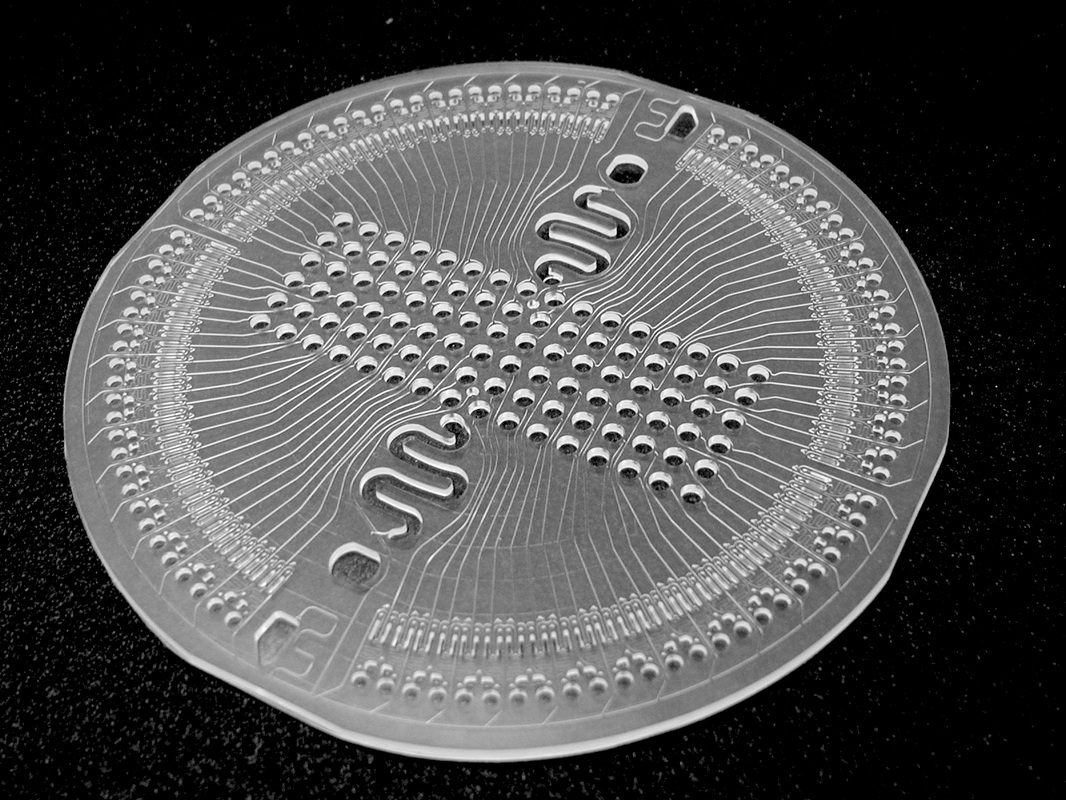
新一代微流控键合解决方案
微流控键合解决方案:微流控芯片制造的一个重要环节,也是最容易被忽视的--芯片键合。其中一个重要因素是:微流控...
2023/7/27 12:44:28
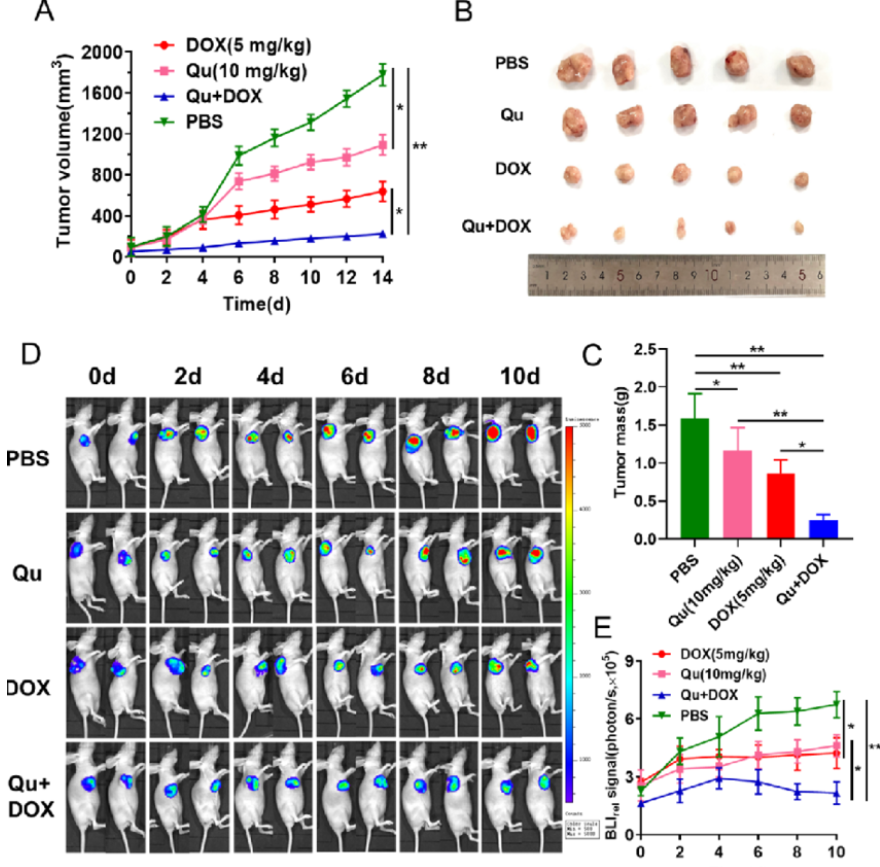
荧光素钾盐使用说明
D-荧光素钾盐(K+)设计用于体外和体内生物发光测定。D-荧光素的质量和纯度对于获得良好和可重复的结果至关重...
2023/7/20 11:05:11
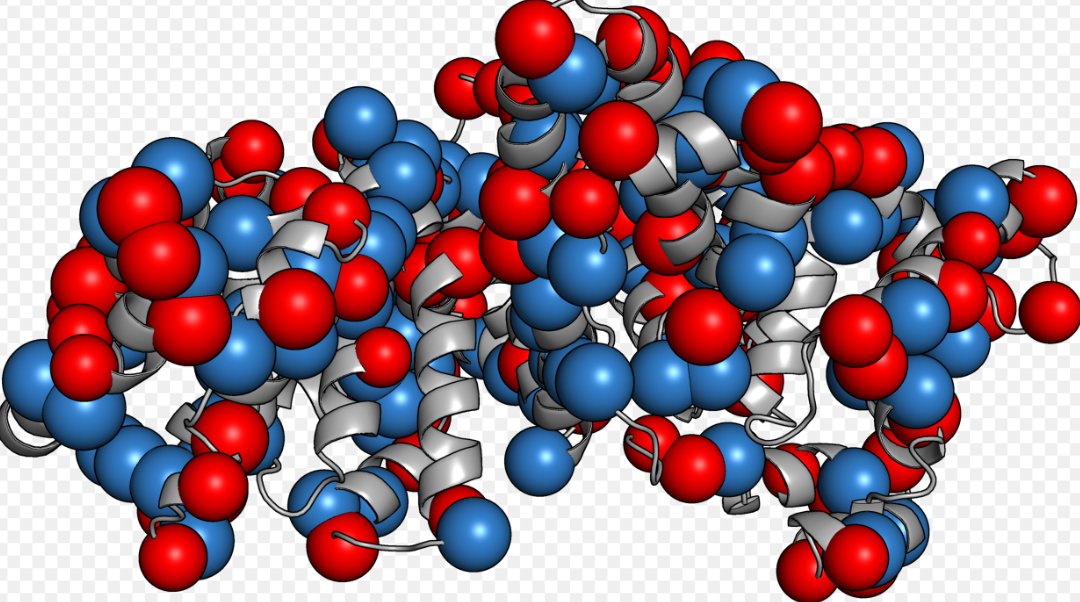
如何选BSA(牛血清白蛋白)
如何选BSA(牛血清白蛋白):牛血清白蛋白(BSA)有多种形式,如何选择适合自己的牛血清白蛋白(BSA)是一...
2023/2/14 13:09:18




 购物车
购物车 



